5 Wild IBM Predictions: Computers That Can Smell, Taste And More
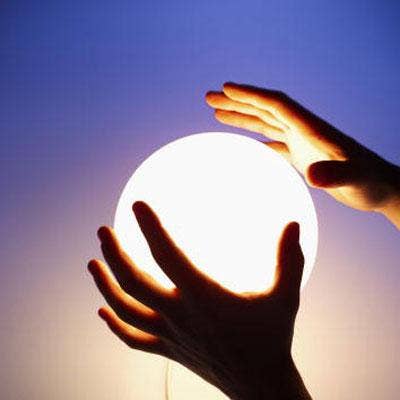
IBM's Crystal Ball
A lot can change in the computing industry over the course of five years, and IBM expects the next five, in particular, to be a doozy.
The tech giant made some lofty projections in its most recent "5 in 5" list, an annual compilation of five major innovations it expects to take place over the next five years. All of the of projections found on this year's list are related to the five senses of sight, smell, taste, touch, and hearing, and suggest computers will start acting a lot more like humans by 2017.
Here's a look at Big Blue's big five.
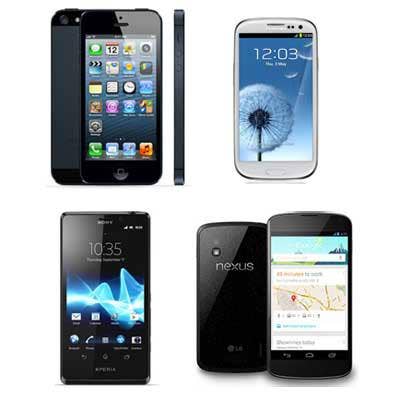
The Sense Of Touch
Today we use our smartphones to shop for the comfiest sweater or softest bed sheets money can buy. But can we ever really be sure those new sheets have a 500 thread count without actually touching them first?
Worry not, because according to IBM, the next half-decade will usher in a new infrared and haptic technology that will enable a smartphone's touchscreen and vibration technologies to actually simulate the sensation of touch. Users, then, will be able to reach out and touch those bed sheets or that new sweater directly on their smartphone screen, instead of just banking on the accuracy of a product description.
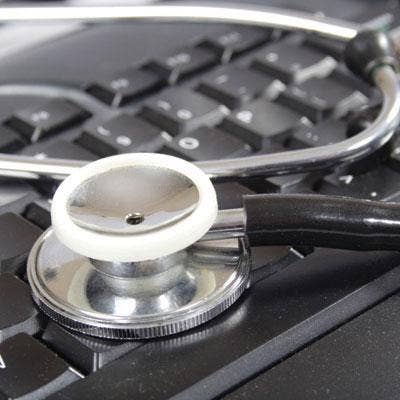
The Sense Of Sight
IBM projects that over the course of the next five years the recognition systems used by computers will become so advanced that, in addition to actually "seeing" objects, they'll actually be able to analyze patterns in the context of big data.
The result, IBM predicts, is one that will particularly benefit the retail, agriculture, and healthcare industries. In medicine, for instance, computers will be able to identify a tiny area of diseased tissue during an MRI, apply this information to a patient's broader medical history, and provide a faster and more accurate diagnosis.
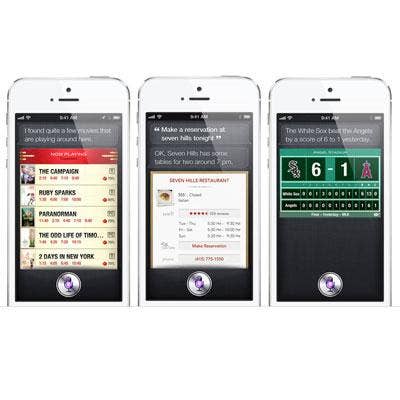
The Sense Of Hearing
Voice recognition isn't exactly a new concept in computing. Existing software, such as Apple's Siri (pictured), can already "hear" what a user is saying and respond accordingly (most of the time, at least).
But by IBM's estimates, computers will eventually do more than just respond to sounds -- they'll be able to analyze and even make predictions based on them. Embedded sensors that can pick up sound patterns and frequency changes will be able to predict, for instance, when a bridge might buckle before it does by "listening" for weaknesses in its structure. IBM said these embedded sensors could also be used to help parents determine the needs of their newborn baby by analyzing the sounds of its cry.

The Sense Of Taste
According to IBM, computers in 2017 will be so advanced they'll be able to taste your favorite foods.
Well, not really. But they will host a new "digital taste buds" technology that helps them piece together what IBM calls the "perfect" meal. By analyzing how the chemical compounds of certain foods interact with each other and tapping into psychophysical data that shows which chemicals produce feelings of "pleasantness" among humans, computers will be able to compile original recipes suited to their users' individual tastes.
IBM said many of the resulting recipes will be completely new to humans, incorporating ingredients we would never imagine to use on our own.
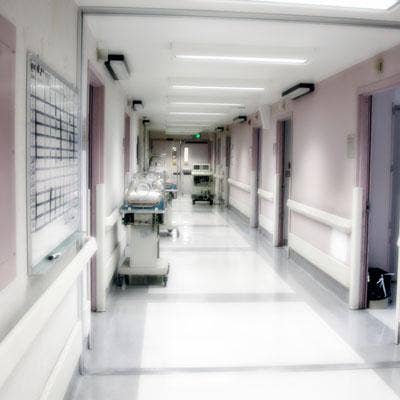
The Sense Of Smell
The worst part about the common cold is that you never know you're getting it until it's too late. Once that first sneeze is sneezed, that trip to the pharmacy seems inevitable.
But IBM predicts computers will be able to change all that by 2017 by adopting the ability to "smell." According to the tech giant, users may soon be able to breathe on their computing devices, have those devices extract data from the molecules in their breath, and receive "valuable diagnostic information" in return.
What's more, IBM suggests computers will be able to sniff out the cleanliness of a hospital operating room, the condition of a crop's soil, and even any issues with a city's sanitation system before a human nose ever catches a whiff.